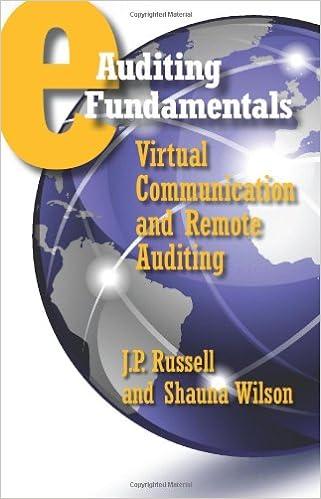THE FIRST COMPANY IS ARMSTRONG COMPANY AND THE SECOND IS BLAIR COMPANY 

Company Company Balance Sheet $ 43,000 48.000 116,000 196,000 53,000 $ 456,000 $116,000 76.000 192,000 158.000 38,000 68,000 $456,000 $30,000 38.000 56,000 316,000 616,000 $856,000 $ 66,000 386,000 452,000 200.000 118,000 78.000 $856,000 Recounts Receivable, Net Inventory Equipment, Net Other last Total Assets Current Liabilities Note Payable (long-ter) Total Liabilities Common Stock (par $10) Additional Paid-in Capital Retained Earnings Total Liabilities and stockholders' Equity Income statement Sales Revenue Coat of Goods Sold Other Expenses Net Income Other Data Estimated value of each share at end of year Selected Data from Previous Year Accounts Receivable, Net Inventory Equipment, Hot. Note Payable long-term) Total Stockholders Equity $474,000 253,000 168,000 $ 53,000 $834,000 413.000 323,000 $ 98,000 20 28 $ 28,000 100.000 195,000 76,000 239,000 $ 46,000 53.000 316,000 78,000 448,000 The companies are in the same line of business and are direct competitors in a large metropolitan area. Both have been in business approximately 10 years and each has had steady growth. Despite these similarities, the management of each has a different viewpoint in many respects. Blair is more conservative, and as its president said, "We avoid what we consider to be undue risk" Both companies use straight-line depreciation, but Blair estimates slightly shorter useful lives than Armstrong. No shares were issued in the current year and neither company is publicly held, Blair Company has an annual audit by a CPA, but Armstrong Company does not. Assume the end-of-year total assets and not equipment balances approximate the year's average and all sales are on account. 1. Calculate the following ratios. TIP: To calculate EPS, use the balance in Common Stock to determine le D UISHT outstanding. Common Stock equals the par value per share times the number of shares. (Use 365 days in a year. Do not round Intermediate calculations and round your final answers to 2 decimal places.) Company Company Tests of Profitability: 1. Net Profit Margin 2. Gross Profit Percentage 3. Fixed Asset Turnover 4. Return on Equity 5. Esmings per Share 6. Price/Earnings Ratio Tests of Liquidity 7. Receivables Turnover Days to Collect Inventory Turnover Days to Sell 9. Current Ratio Tests of Solvency 10. Debt-to-Assets








